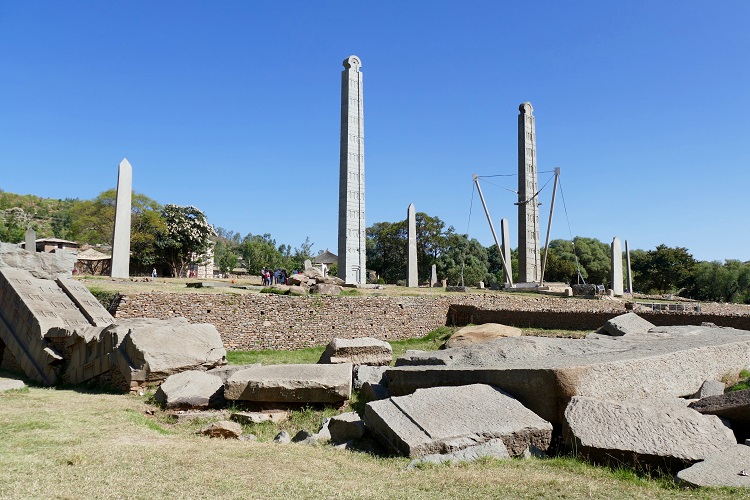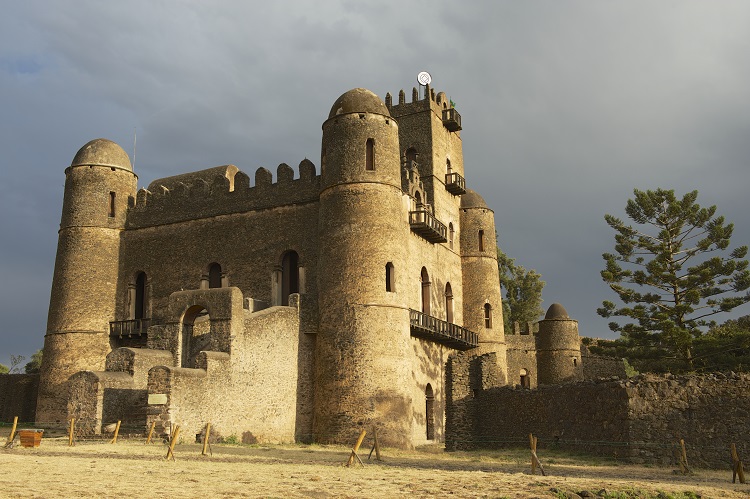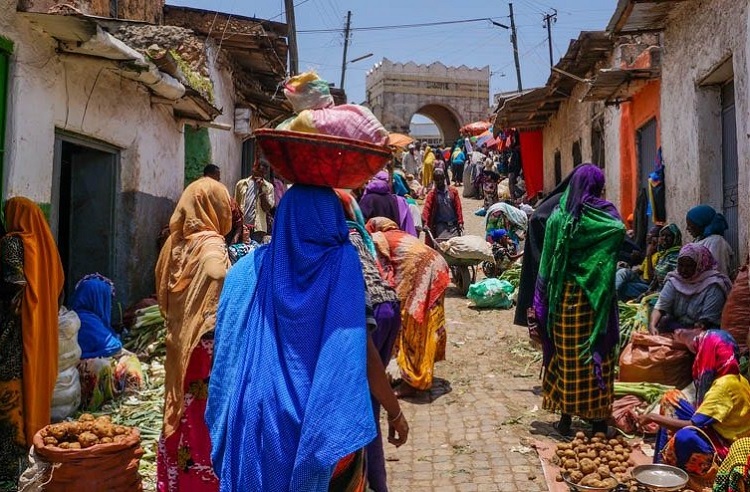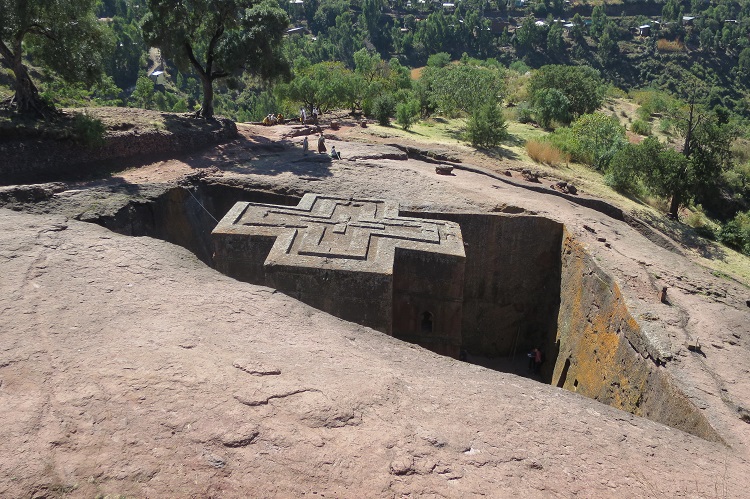Historical Attractions
Axum
Aksum (also spelt Axum) stands at the epicentre of Ethiopian history. In ancient times, it served as the economic hub of the Aksumite Empire, which lasted for some nine hundred years from the second to the tenth centuries, and as the capital of a ruling dynasty legendarily descended from King Solomon and the Queen of Sheba. It is also the cradle and spiritual home of the Ethiopian Orthodox Church, which was established here during the fourth-century reign of King Ezana. Somewhat more tenuous is the Ethiopian claim that the original biblical Ark of the Covenant is protected in Maryam Tsion, Aksum’s most venerable church. Aksum is studded with some extraordinary antiquities, including the tallest stelae (obelisks) ever erected by the ancients, and engraved trilingual tablets dating to the time of Christ – all of which can be hugely rewarding when approached with realistic expectations.

Gondar
Gondar was Ethiopia’s capital between 1632 and 1855, and it remains one of the country’s richest areas in terms of history, culture and natural beauty. Gondar is a land of medieval mystery and the center of an important trading empire. The city holds the remains of several well-preserved royal castles, including those in Fasil Ghebbi (Royal Enclosure), for which Gondar has been called the “Camelot of Africa”. This UNESCO registered site is an ideal touristic destination that connects almost all of the historic routes in Ethiopia.. From the same period, Fasilades Baths are well worth a visit, and the church of Debre Birham Selassie contains some of the finest religious art in Ethiopia with Incredibly vibrant and evocative images depicting the stories of saints and martyrs. Gondar is also the gateway town to the Simien Mountains National Park and one of the best places to be during the festival of Timkat that takes place every January.

Harar Jugol
Harar was established by Sultan Abu Beker Mohammed in 1520. Harar, the Holy City of Ethiopia’s Muslim community, is believed to be the forth-holiest city for Muslims after Mecca, Medina and Jerusalem. The old City Wall of Harar is the main attraction and symbol of Islamic architecture. Harar has approximately 90 mosques, which form the largest concentration of mosques in the world. At one time, non-Muslims were forbidden from the old city, but today, all visitors are most welcome to walk its alleyways with their unique homes, colorful markets, and numerous mosques. Everry night just beyond the old city’s walls, hyenas gather to be fed by a brave Harari. While tourists enjoy or may even participate in the show, the tradition actually has roots in an old belief that taking care of the hyenas would result in peace and prosperity for the city.

Lalibela
There’s something intensely wonderful and spiritual about Lalibela, a truly amazing town located in the northern region of Ethiopia. This small village is a World Heritage site – acclaimed for its rock-hewn churches, stunning rural landscape, and devout Christianity. If faith is a mystery, there are few places in the Christian world where the mystery is deeper than in Lalibela. King Lalibela is believed to have ordered the building of 11 extraordinary churches at the end of the 11th century and beginning of the 12th. The eleven churches were each carved from a single, gigantic, block of stone. No bricks, no mortar, no concrete, no lumber, just rock sculpted into architecture. Not much is known about who built them, or why. But the faithful of the Ethiopian Orthodox Church say there’s no mystery really. The churches of Lalibela were built by angels!




